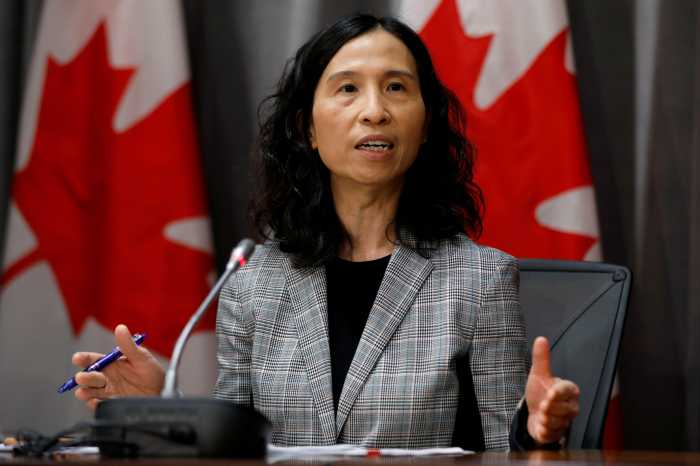“People are coming back.”
Paul Levy, the founder of the Center City District, the downtown management organization, noticed increased foot traffic in his neighborhood after Labor Day.
In the early days of the pandemic, Philadelphia’s urban core was a ghost town, and its rebound was stalled by unrest and looting in late May and early June.
A new CCD report suggests Philadelphia’s urban core is on a “slow and steady” recovery, though it remains far behind pre-COVID-19 levels and hurdles remain before there can be a full return to normal.
To compile the study, CCD deployed surveyors in June to record information about every property in the district and sent them back out in September. It also maintains digital pedestrian counters along the area’s commercial streets.
Just over half of all Center City businesses were open in June, according to the report. That number rose to nearly 80% last month.
Following the looting, which accompanied peaceful protests surrounding the death of George Floyd, damaged shops replaced their windows with plywood and others boarded up their storefronts as a contingency.
Boarded-up businesses within Center City increased from 61 in April to 276 in June. Only about 56 remained by the end of September.
Levy said it was important for the business district to let people know that the days of rows of shops covered in plywood were over.
“We talk to a lot of people who may not be living downtown, may not be living in the city,” he told Metro. “We realized a lot of them had these outdated images from maybe June of what Center City was like.”
Some jobs that disappeared at the onset of the pandemic have returned, too. Citywide, the number of positions in the food services industry dropped by 36,400 between February and April, an incredible 65% decline.
By August, nearly 14,000 of those jobs had come back, according to the CCD study.
Levy credited the expansion of outdoor seating at restaurants and good weather. In Center City, the total number of outside seats jumped from about 3,000 in June to more than 5,000 in September, as businesses expanded past the curb line and streets were closed to cars.
“It’s just wonderful to see the city back alive after everything we’ve all been through,” Levy said.
Foot traffic rose by 40% between June and September, from an average of about 55,000 people a day to nearly 91,000, the study said. However, that’s about 60% fewer than were counted at the same time last year.
The office district, on John F. Kennedy Boulevard and Market Street west, has been particularly empty. It’s seeing only 22% of the traffic that would be expected.
An overwhelming majority of the area’s nearly 130,000 office employees continue to work remotely. Levy said it’s likely they won’t return in large numbers until a COVID-19 vaccine is distributed.
“I don’t want to be unrealistic to think that lots of office workers will come flooding back right away just because we say, ‘Gee, wouldn’t it be nice if they were shopping?,’” he said. “So I think there is a basic health issue that needs to be addressed.”
The report concludes that many Center City businesses will continue to struggle as long as those workers remain home; performing arts establishments continue to be shuttered; and hotel rooms stay mostly empty.
“I think it’s going to be a slow recovery,” Levy said. “You can’t rush this.”





























